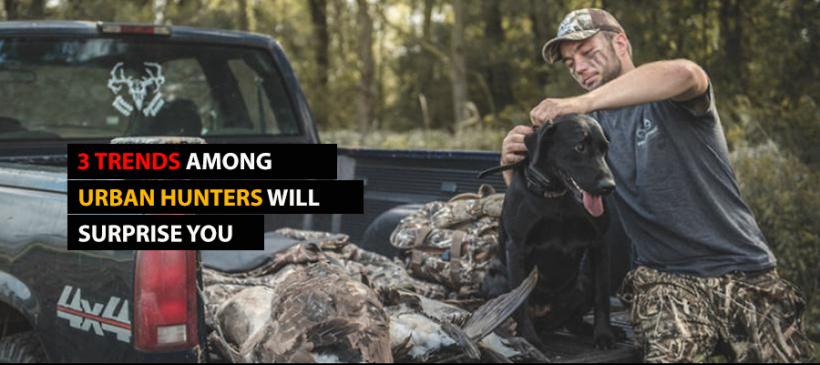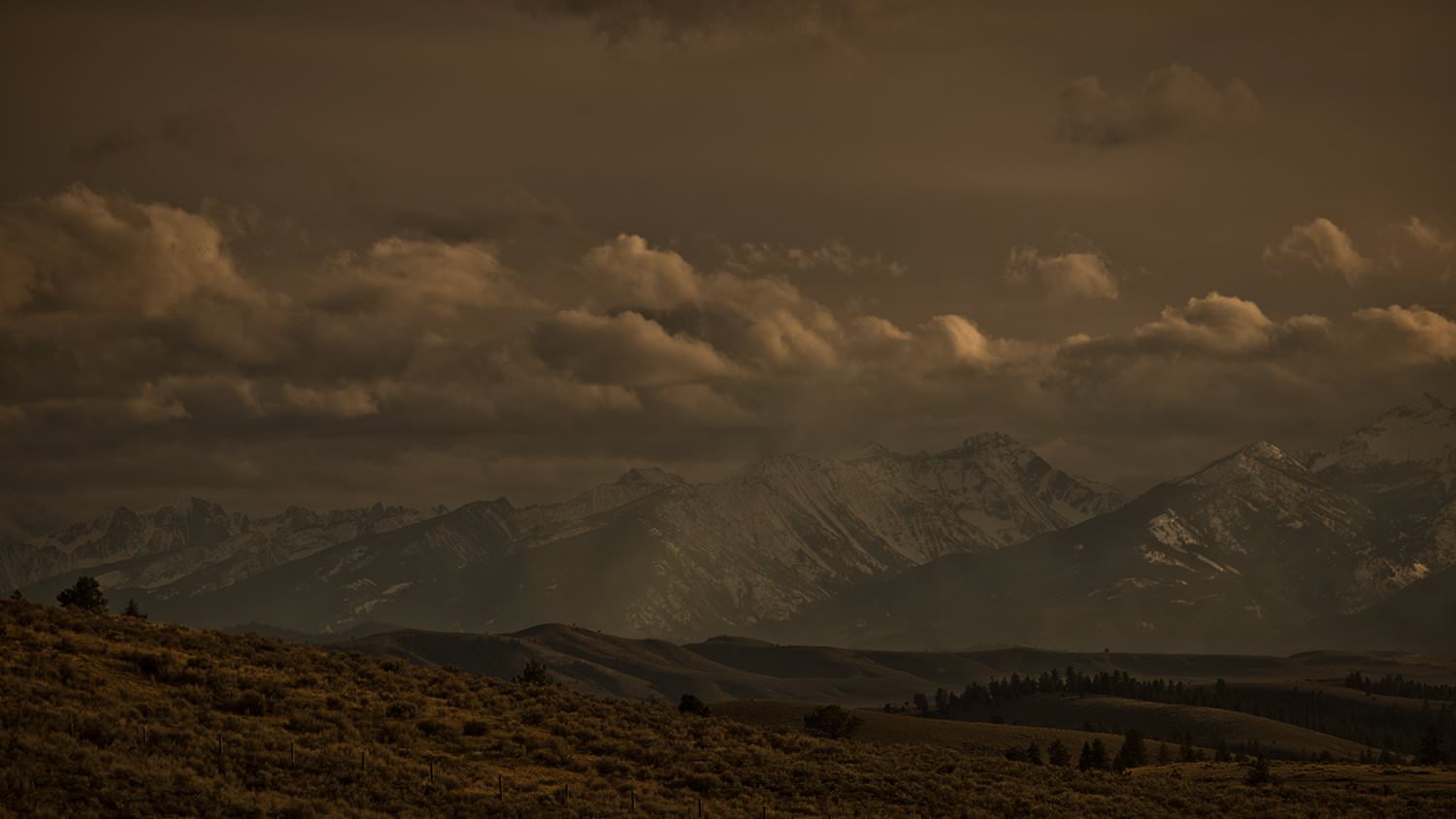3 Trends Among Urban Hunters Will Surprise You

I recently shared the top 3 trends of today’s ethnically diverse hunting population, as identified in a recent study of American hunters. Now let me share another interesting trend: hunters who live and work closer to metropolitan areas.
These insights are gleaned from survey results recently published in a report compiled by Southwick Associates, a company that specializes in studying the economic impact of hunting and fishing in the United States. The SA study was prepared for the National Shooting Sports Foundation (NSSF).
According to the SA study, more of today’s hunters are coming from cities, villages and incorporated townships. In fact, more than 42 percent of all hunters now live in what can be considered an urban or suburban environment. As I reported last time, this is a diverse group of individuals.
Here are just three of the more interesting trends among this new breed of hunter:
1. They’re More Clark Kent than Willie Robertson
Today’s urban-based hunter might clean up well and look the part while wearing Realtree camo in a tree stand, but their everyday lives are quite different. Their lifestyles include the arts, extensive travel (both business and leisure), and extensive reading.
Economically, these hunters are digitally savvy white-collar bachelors, bachelorettes or married, dual-income couples with no kids. Married couples occupy well over one-half of this demographic, and while most of these individuals live in single-family homes, a surprising 20 percent rent their residence.
The SA report broke down hunters into six age groups: 18-23; 24-29; 30-34; 35-50; 51-69; and 70 years old and older. Across the board, more than 90 percent of all hunters are men, but when you break it down by age bracket, the millennials show a higher bias toward women — nearly 20 percent of this group’s overall population.
2. They’re Trying to Escape the Concrete Jungle
It makes sense that as urban hunters grow older they trend toward a more outdoors lifestyle. That is the case, according to the SA report, as a growing number of 51- to 69- year-olds list the “exurbs” as their residence location (an exurb is an area beyond the suburbs where the wealthy people live.)
Exurbanites show few signs of slowing down as they near retirement age. They are active in their communities, donate to charities and embrace locavore activities such as growing vegetables, tending herb gardens and raising chickens.
3. They Don’t Easily Lose Interest in Hunting
Perhaps the most interesting statistic among today’s urban-based hunters is they are very dedicated to the hunting lifestyle. For years, the NSSF has tracked “churn rate” among hunters. This refers to the percentage of people who do not buy a hunting license every year. Retailers often use this statistic when planning promotions and advertising campaigns.
Regionally, the most serious hunters live in the Midwest, which has a churn rate of just 17 percent. The least-dedicated hunters live in the Southeast, which has a churn rate of 37 percent. Those are overall numbers. It gets interesting when you break it down by age group.
According to the SA study, urbanites, suburbanites and exurbanites experience an aggregate annual churn rate of about 25 percent among members of the Gen X, Baby Boom and Silent generations, and 35 percent among Millennials.
An interesting side note: The highest churn rate among Millennials (44 percent) was seen among individuals living near “Rural Bypasses.” These are areas of open space, undeveloped land, and farmland within small towns and along country roads in sparsely populated neighborhoods. One can only speculate that these young hunters are still unsettled in their careers and are more prone to changes in residency.
Conclusion
The face of hunting has changed over the past 25 years. We’ve gone from a mostly rural consumer to a well-rounded, well-educated consumer. That’s a very good thing, especially when you consider 21.8 million Americans went hunting at least one time during the past five years, and the fact that more than 14 million people go hunting every single year and contribute more than $1 billion to wildlife conservation through the purchase of hunting licenses.
All of that could not happen if we didn’t have representation from the robust urban demographic.
Editor’s Note: It’s easy to stay current with breaking product news, industry insights and marketing tips from Realtree, American’s No. 1 camo brand. Simply click here to sign up for our free newsletter, courtesy of the Realtree Business Blog!
Related:
- 3 Trends Among Urban Hunters Will Surprise You
- 5 Things You Must Know About Social Media Messaging
- Keys to Increasing Turkey Hunting Participation
- Keys to Increasing Deer Hunting Participation
- 5 Ways to Promote New Hunting and Shooting Activities
- 5 things you should know before hiring Social Ambassadors for Your Brand
- Advantages of Licensing in the Outdoor Market
- 5 Ways to Reach More Women Hunters
